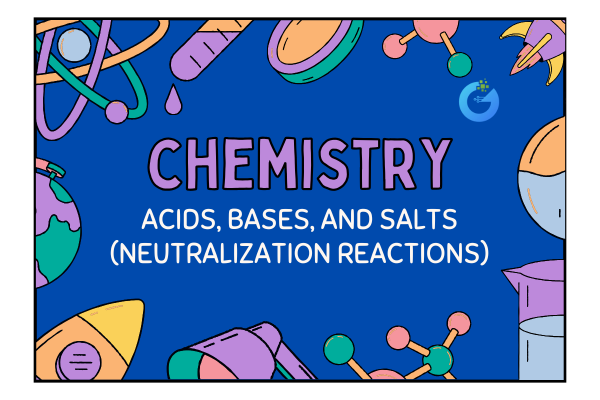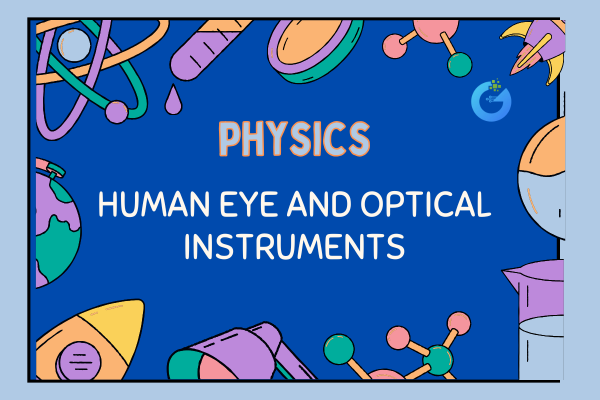Introduction
Have you ever looked at yourself in the mirror and waved your hand, only to see the image do the exact same thing? Or placed a spoon in a glass of water and noticed it looked broken or bent?
That’s not your eyes playing tricks—it’s Physics at work. Specifically, reflection and refraction.
These two behaviors of light help explain everything from mirrors and magnifying glasses to camera lenses, eyeglasses, rainbows, and fiber optic cables. They’re not just textbook topics—they explain the way we see the world.
Let’s dive into this fascinating topic step-by-step in a simple, student-friendly way.
expert-led Physics classes – visit our website to learn more
What Is Reflection of Light?
Reflection happens when light hits a surface and bounces back into the same medium.
This is why you see yourself in a mirror. The light from your face hits the mirror and comes back to your eyes.
Types of Reflection
| Type | Description |
| Regular Reflection | Occurs on smooth, shiny surfaces like mirrors. Produces clear images. |
| Diffuse Reflection | Happens on rough surfaces (like walls). Light scatters. No clear image is formed. |
Laws of Reflection
There are two laws you must remember:
- The incident ray, the reflected ray, and the normal (an imaginary line drawn at 90° to the surface) all lie in the same plane.
- The angle of incidence (i) is equal to the angle of reflection (r).
i = r
This is true for all types of reflection.
Image Formation in a Plane Mirror
A plane mirror is flat and shiny, like the ones in your home.
Key Characteristics of the Image:
- Virtual (you can’t capture it on a screen)
- Erect (upright, not upside down)
- Laterally inverted (left appears right and vice versa)
- Same size as the object
- Same distance from the mirror as the object
What Is Refraction of Light?
Refraction is the bending of light when it passes from one medium to another, like air to water or glass to air.
This bending happens because light changes speed in different materials.
- Light travels faster in air than in water or glass.
- When it slows down, it bends towards the normal.
- When it speeds up, it bends away from the normal.
Laws of Refraction (Snell’s Law)
- The incident ray, refracted ray, and normal all lie in the same plane.
- The ratio of the sine of the angle of incidence (i) to the sine of the angle of refraction (r) is constant.
This ratio is called the refractive index (n).
Snell’s Law Formula:
n₁ / n₂ = sin i / sin r
Where:
- n₁ = Refractive index of the first medium
- n₂ = Refractive index of the second medium
- i = Angle of incidence
- r = Angle of refraction
Refractive Index
This tells us how much the light slows down in a medium.
Formula:
Refractive Index (n) = Speed of light in vacuum (c) / Speed of light in the medium (v)
- Higher the refractive index, more the bending.
- n > 1 means the light slows down in that medium.
Real-Life Examples of Refraction
- A straw looks bent in a glass of water.
- The bottom of a pool looks shallower than it really is.
- Lenses in eyeglasses and cameras bend light to focus images.
Refraction Through a Glass Slab
When light passes through a rectangular glass slab:
- It bends towards the normal when entering the glass.
- It bends away from the normal when exiting back into air.
- The emergent ray is parallel to the incident ray but shifted sideways.
This sideways shift is called lateral displacement.
Refraction by Lenses
Two Types of Lenses:
| Type | Description | Behavior of Light |
| Convex Lens | Thicker in the middle (converging lens) | Brings light rays together |
| Concave Lens | Thinner in the middle (diverging lens) | Spreads light rays apart |
Image Formation by a Convex Lens
| Object Position | Image Position | Image Nature |
| At infinity | At focus (F) | Real, inverted, highly diminished |
| Beyond 2F | Between F and 2F | Real, inverted, diminished |
| At 2F | At 2F | Real, inverted, same size |
| Between F and 2F | Beyond 2F | Real, inverted, enlarged |
| At focus (F) | At infinity | Real, inverted, highly enlarged |
| Between F and lens | Same side as object | Virtual, erect, enlarged |
Key Formulas to Remember
| Formula | Meaning |
| n = c / v | Refractive index of a medium |
| n₁ sin i = n₂ sin r | Snell’s Law |
| f = R / 2 | Focal length of a spherical mirror |
| 1/f = 1/v – 1/u | Lens formula |
| m = h’/h = v/u | Magnification |
Applications of Reflection and Refraction
- Side mirrors in cars (convex mirrors)
- Makeup mirrors (concave mirrors)
- Eyeglasses to correct vision
- Cameras and telescopes to focus light
- Microscopes to magnify tiny objects
- Fiber optics for fast internet using total internal reflection
Frequently Asked Questions
Q1. What’s the main difference between reflection and refraction?
Reflection is when light bounces off a surface; refraction is when light bends as it enters a different medium.
Q2. Why does a pencil appear bent in water?
Because of refraction—light bends as it moves from water to air.
Q3. What is lateral inversion?
Left and right are flipped in a mirror image.
Q4. What’s the use of convex lenses?
They converge light and are used in magnifiers, cameras, and corrective glasses for hypermetropia (farsightedness).
Q5. What does a high refractive index mean?
The medium bends light more and slows it down more.
Fun Facts
- Diamonds sparkle due to their extremely high refractive index (~2.42)!
- Mirrors in dressing rooms are actually plane mirrors, not curved ones.
- The human eye lens changes shape to focus on near or far objects—this is called accommodation.
- Snell’s Law is named after Dutch mathematician Willebrord Snellius.
Conclusion
Light doesn’t just travel in straight lines—it reflects, bends, and behaves in amazing ways. Once you understand reflection and refraction, you start to see them everywhere: in a camera flash, in glasses, in rainbows, and even in the way you see your own reflection.
So next time you look into a mirror or see a shiny spoon bend in a glass, smile and say—“That’s Physics!”








